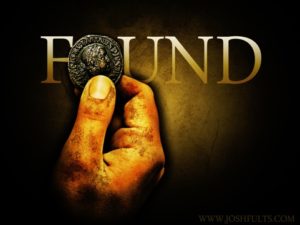
PREV ARTICLE
NEXT ARTICLE
FULL ISSUE
PREV FULL ISSUE
UNCLAIMED PROPERTY REUNITES COINS WITH OWNERThis Washington Post article about Virginia's Unclaimed Property Division includes a happy ending to a coin collector's horror story. -Editor
The scenarios that lead to the Unclaimed Property Division are about as varied as the assets there. Dividend checks get lost in the mail or land in a sock drawer. Someone misspells the name of the beneficiary on a life insurance policy or garbles the recipient’s address. People move, and utilities holding their security deposits lack forwarding addresses. An elderly parent dies, and his children never hear about the safe-deposit box he kept with coins, old bonds or other valuables. After specified period of time — generally two to five years or more — banks, insurance companies and other such institutions are required to turn over unclaimed assets to the commonwealth’s treasury. All 50 states and the District have similar laws and programs, which are seen as consumer protections. Virginia’s unclaimed loot has ranged from bonds issued by the Confederate States of America to ancient gold coins. Even stolen property seized by law enforcement agencies sometimes ends up in the treasury’s vault. Then there’s the coin collector who lost some extremely valuable gold coins in 2007. He kept the coins — some of which had been struck during the Byzantine Empire — in multiple safe-deposit boxes. While sorting through them in preparation for an out-of-state move, he spread his collection out inside a Richmond-area bank vault. Somehow, he also left behind a container with 92 coins. By the time he discovered the coins missing, he didn’t know where to look. He thought they must have been lost in the move or maybe stolen. A decade passed. The bank turned the coins over to Virginia, and the treasury — which has only so much storage for physical property — prepared them for public auction. (The proceeds of such sales remain on the books, however, in case the claimants come forward.) With the auction approaching, treasury staff consulted the Virginia Museum of Fine Arts in a last-ditch effort to find the owner. A museum curator — who identified all but two of the coins as genuine Byzantine currency and set their value at $200,000 or more — checked with dealers and auction houses, whose records eventually led to one very happy owner. “Even more than the value of the coins to me is the restoration, to some degree, in humanity,” the coin collector told NBC 12. To read the complete article, see:
Wayne Homren, Editor The Numismatic Bibliomania Society is a non-profit organization promoting numismatic literature. See our web site at coinbooks.org. To submit items for publication in The E-Sylum, write to the Editor at this address: whomren@gmail.com To subscribe go to: https://my.binhost.com/lists/listinfo/esylum All Rights Reserved. NBS Home Page Contact the NBS webmaster 
|
